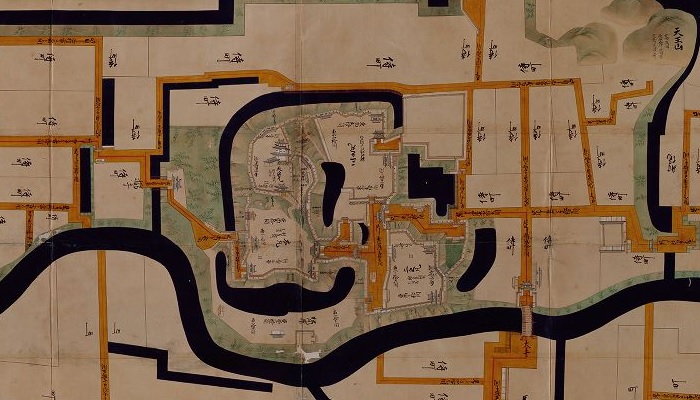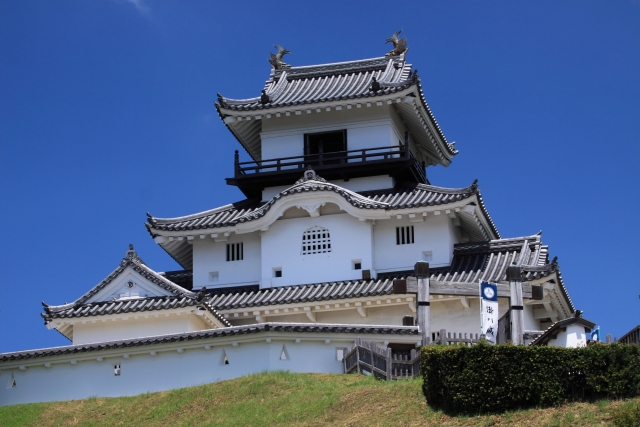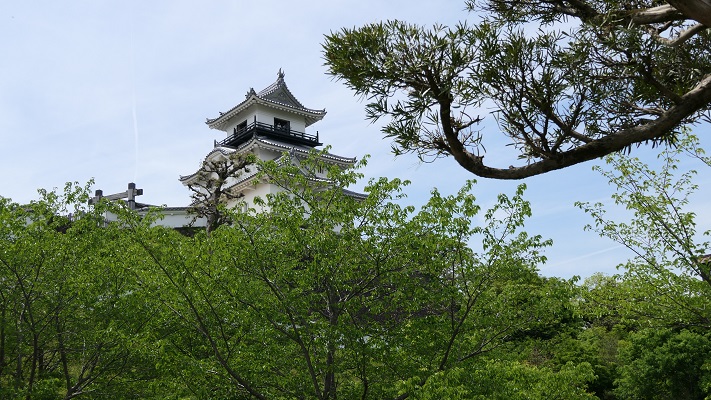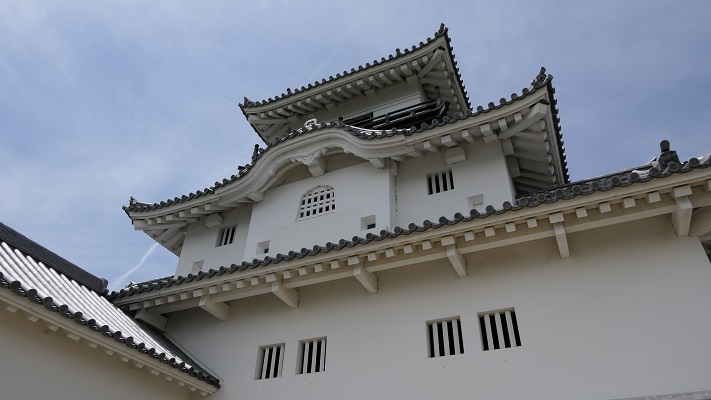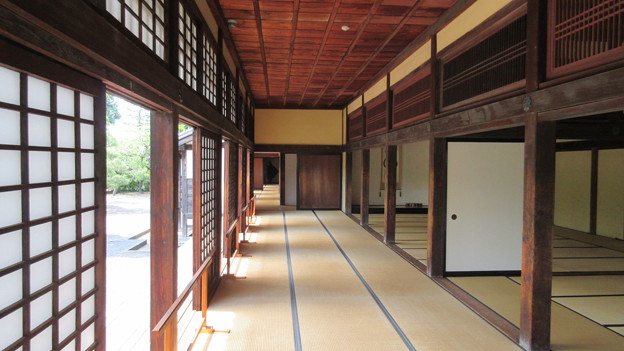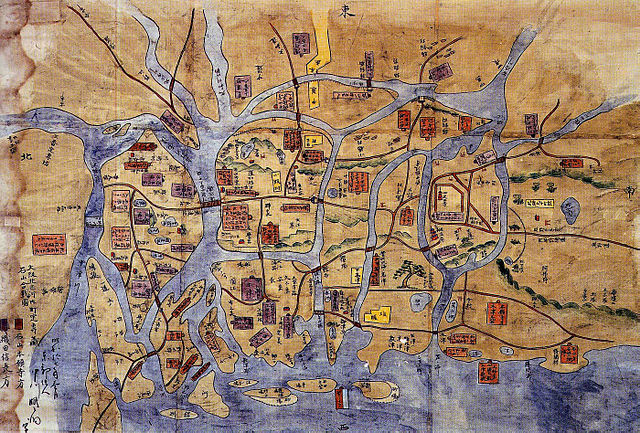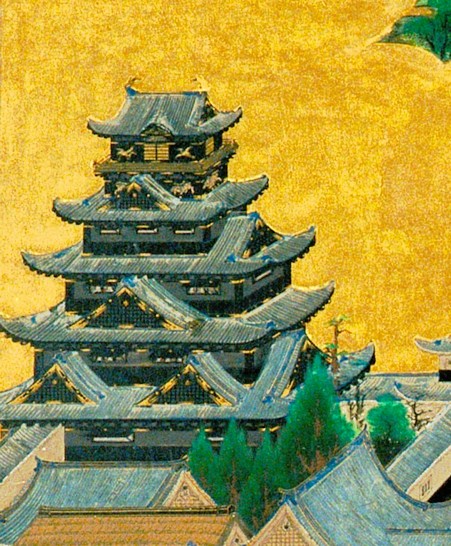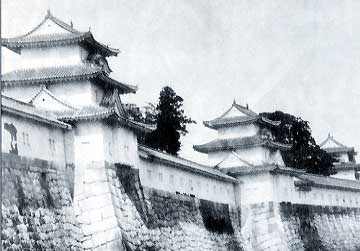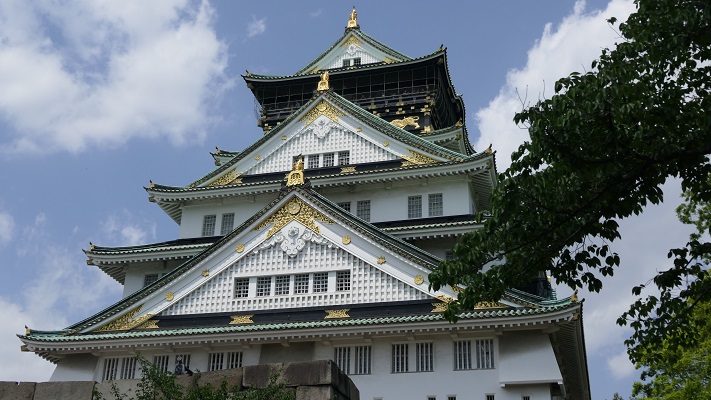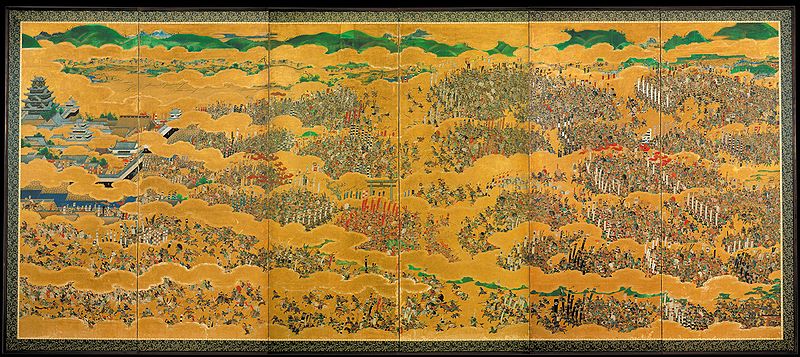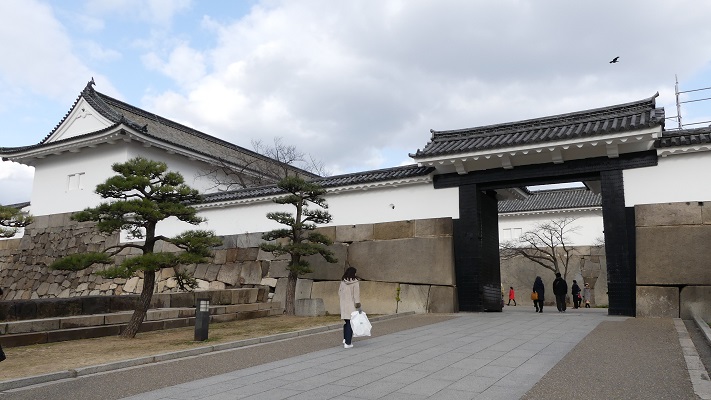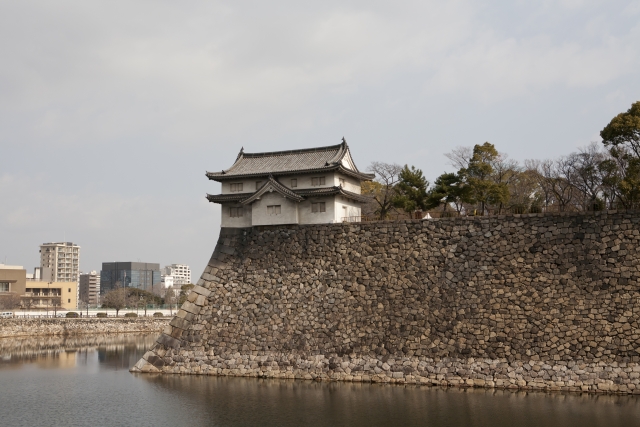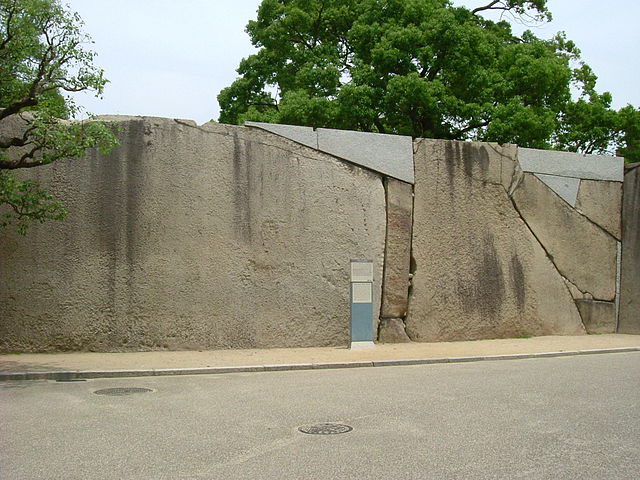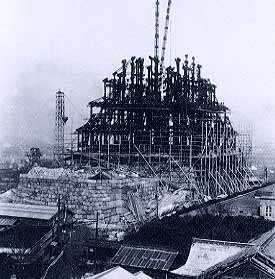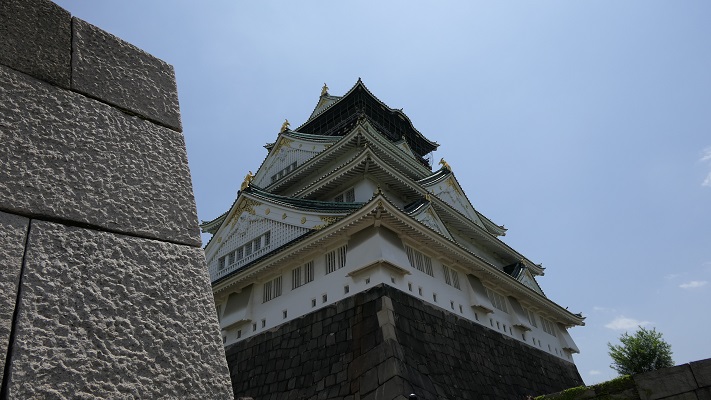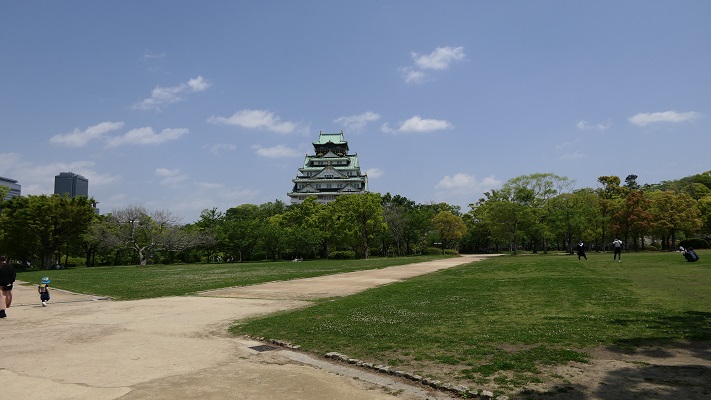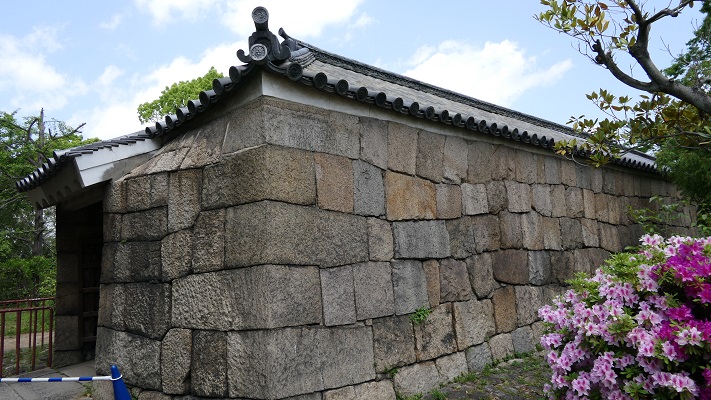駿府城は、徳川家康ゆかりの城としてその姿を取り戻しつつあります。
Sunpu Castle is returning to a castle associated with Ieyasu Tokugawa.
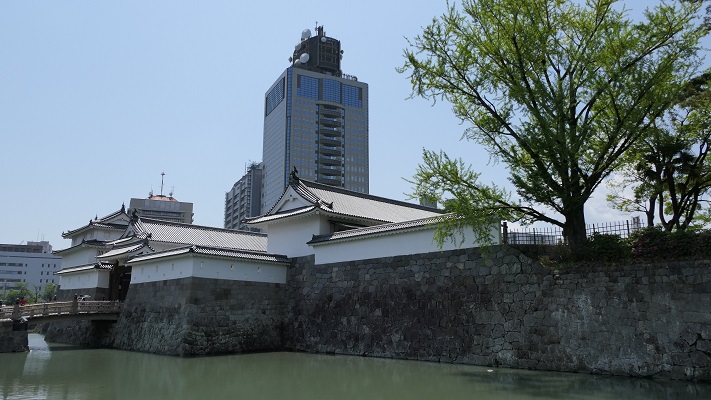
Location and History
徳川幕府の創始者である徳川家康は、昔は駿府といった現在の静岡市に3回住んでいました。最初は少年期に、今川氏の人質として過ごしました。2回目は壮年期に東海地方の戦国大名として、最後は熟年期に日本の支配者としてでした。今川氏の館が同じ場所にあったと言われており、そのため家康が人質としてそこに送られたのです。
Ieyasu Tokugawa, the founder of the Tokugawa Shogunate lived three times in Sunpu which is the old name of Shiuoka City. The first time was in his childhood when he lived there as a hostage under the Imagawa clan. The second one was in his middle age as a warlord in the Tokai region, and the last one was in his old age as the ruler of Japan. It is said that the hall of the Imagawa clan was there, that’s why Tokugawa was sent to the castle as a hostage.
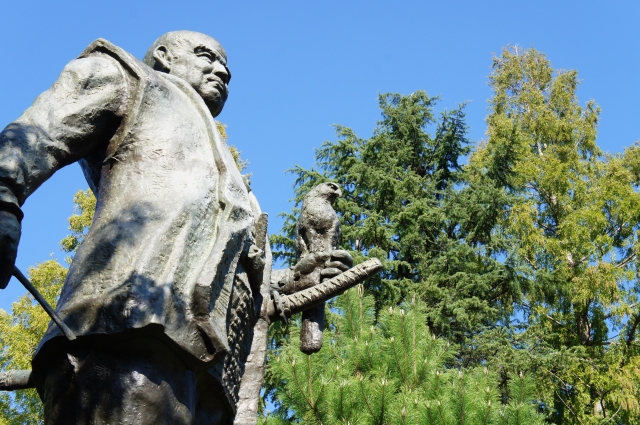
家康は、駿府が首府であった駿河国を手に入れた後、1589年に最初の天守とともに新しく駿府城を建設しました。しかし、ほどなく豊臣氏の命により関東地方に移されてしまいました。代わりに豊臣配下の中村一氏が駿府城に入り、家康の天守を別のものに置き替え、家康への対抗姿勢を示しました。
Tokugawa built a new Sunpu Castle with the first “Tenshu” keep in 1589 after he took over Suruga Province where Sunpu was the capital. But he was soon transferred to the Kanto region by the Toyotomi clan. Instead, the Kazuuji Nakamura under Toyoyomi came to the castle and replaced Tokugawa’s Tenshu with another one against Tokugawa.

最終的には家康は再び駿府に戻り、1607年に城の大改修を行います。最盛期には、駿府城は三重の堀に囲まれていました。三代目の天守は、日本で最大の天守台の上にありました。そして数多くの櫓や門が、西の豊臣氏との戦いに備えて築かれました。家康は、1615年に豊臣氏を滅ぼし、1616年にこの城で亡くなります。その後、幕府は長年にわたって駿府とこの城を支配しました。
Finally, Tokugawa returned to Sunpu again, and renovated the castle in 1607. At its peak, it was surrounded by triple moats. The third Tenshu keep had the largest stone base in Japan, and many turrets and gates prepared for fighting with Toyotomi clan in the west direction. Tokugawa died at this castle in 1616 after he had beaten Toyotomi clan in 1615. After that, the Shogunate directly governed Sunpu and the castle for many years.
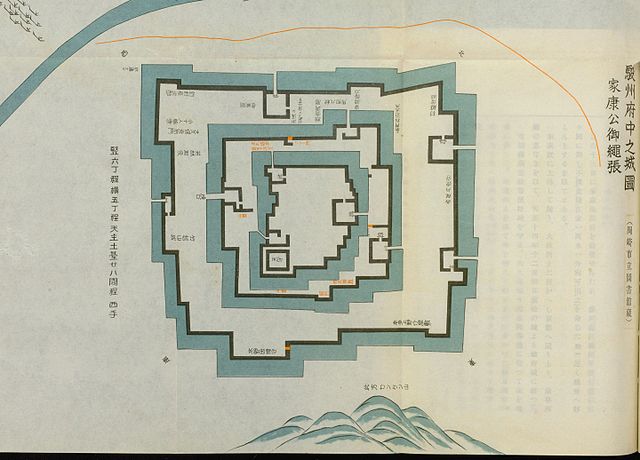
不幸にして1635年に大火が起こり、城を焼いてしまいました。火事の後、「東御門」「巽櫓」「坤櫓」といった施設は再建されましたが、天守は再建されず、天守台だけが残りました。
Unfortunately there was a big fire in 1635 which burned the castle down. After the fire, facilities such as the East Gate “Higashi Gomon”, the South-East turret “Tatusmi Yagura” and the South-West turret “Hitsuji-Saru Yagura” were rebuilt, but Tenshu was not rebuilt, only its base remained.

江戸時代末期になって、駿府城は東西対立の中で再度重要な存在となりました。この城は新政府軍の本陣となり、ここから幕府との間で江戸城と将軍の扱いについて交渉が行われました。
At the end of the Edo Period, Sunpu Castle regained its importance in the East-West confrontation. The castle became the stronghold of the New Government Military which negotiated the treatment of Edo Castle and the Shogun with the Shogunate.
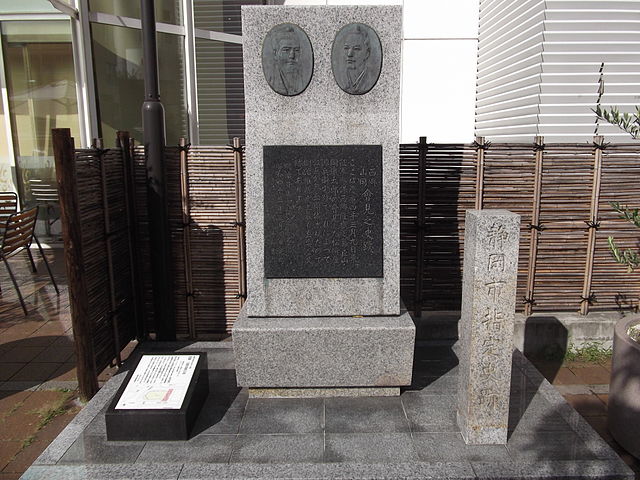
Features
現在、静岡市当局はこの城跡を史跡として再生することに取り組んでいます。最近になって城跡の名前が、元の駿府公園から駿府城公園に変更されました。更には東御門、巽櫓、そして坤櫓が残っている詳細図面や発掘の成果から、オリジナルの木造建築により復元されました。
Now, Shizuoka City officials are trying to recreate the castle ruins as a historic site. They have renamed the ruins from the former name Sunpu Park to the Sunpu-Castle Park recently. They have also restored Higashi Gomon, Tatsumi Yagura and Hitsuji-Saru Yagura in the original wooden style based on their remaining detailed drawing and excavation.
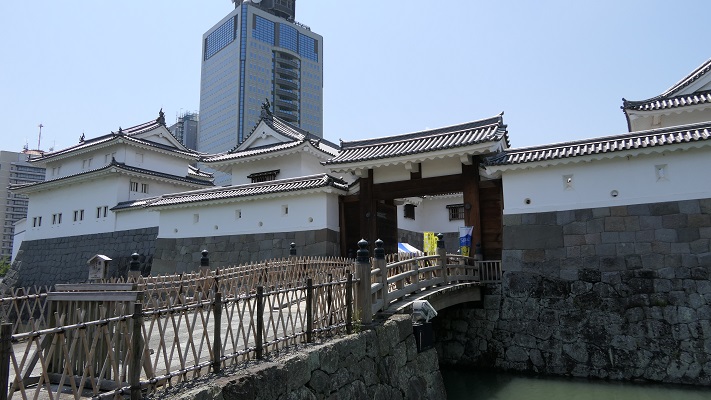
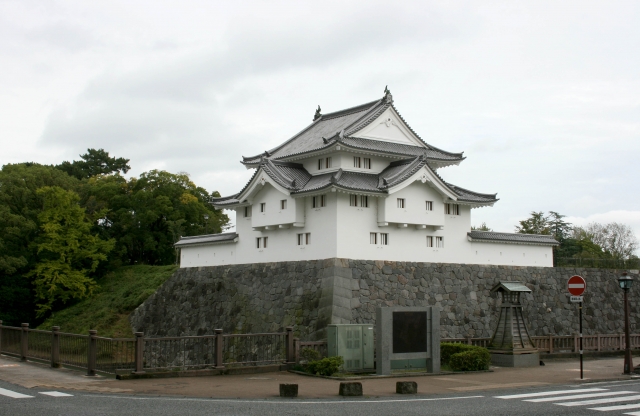
市は、どのように公園を再構成し、また天守を再建すべきか、歴史家や専門家に諮問しています。現時点の答申は、まず最初に天守台を復元すること、そしてしばらく様子を見るというものでした。それは、天守の詳細が不明であり、再建には莫大な予算が必要だからです。現在、天守台の再建に向けて行われている発掘現場を見ることができます。そこでは二代目の中村氏の天守と、三代目の徳川氏の天守の遺跡が混在しています。大変興味深いものです。
They are consulting with historians and specialists about how they should reorganize the park and rebuild the Tenshu keep. Their answer right now is that they should restore the base of Tenshu first, and wait for a while. That’s because the details of it are unclear, and rebuilding it requires a huge budget. You can now see the excavation site of Tenshu prepared for the rebuilding of the base. There are mixed stone ruins both from the second Nakamura and the third Tokugawa periods.
That’s fascinating.
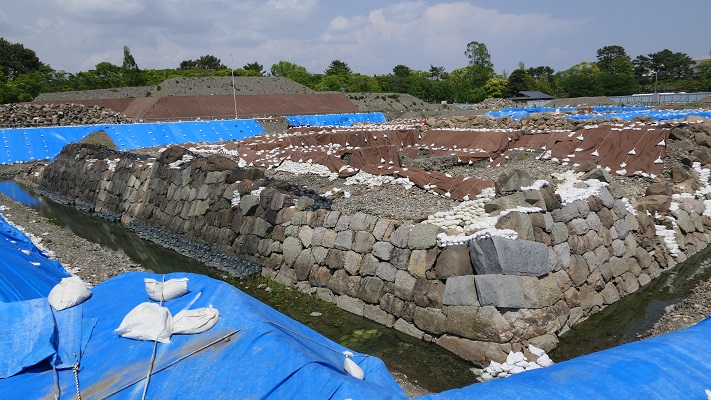
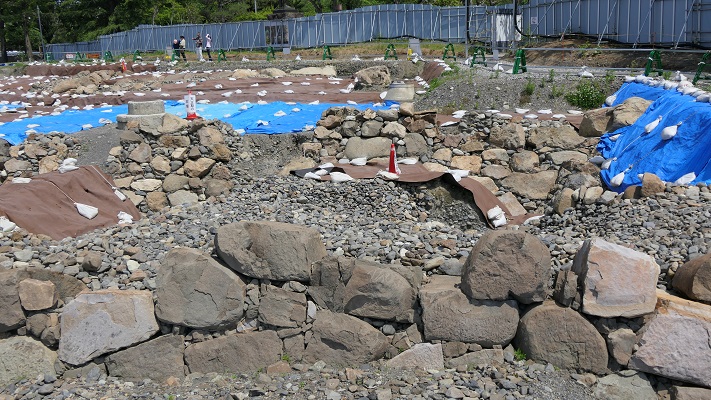
Later Life
明治維新後、城の全ての建物が撤去され、静岡市は城跡を公園として使いました。しかし、市は明治中期に至り、公園を軍用地として提供する決断をしました。そして陸軍歩兵第34連隊が1897年から1945年の間、基地として使用しました。結果として、残っていた天守台は完全に破壊され、多くの堀がその残土により埋められました。この一帯は、二重、三重目を囲む堀と石垣を除き、平地になってしまいました。
After the Meiji Restoration, all the buildings of the castle were demolished, and Shizuoka City used the ruins as a park. But the city decided to offer the park for the ground for a military base in mid Meiji. The 34th infantry regiment used the base between 1897 and 1945. As a result, the remaining Tenshu base was completely destroyed and many moats were filled with waste. The area became plain-looking without part of the second and third concentric moats and their stone walls
現在の駿府城の航空写真(An aerial photo of the present Sunpu Castle)
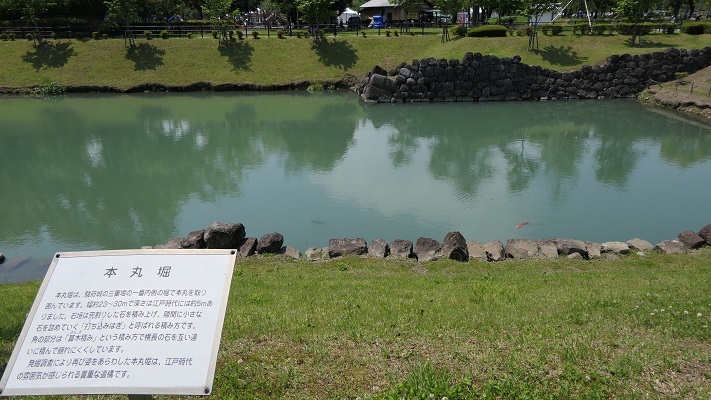
第二次世界大戦後、城跡は再び公園となり「駿府公園」と名付けられました。現在静岡市は市民との絆を深めるため、家康を新たなシンボルとして模索しているようです。
After the World War II, the ruins of the castle became a park again called “Sunpu Park”. The city seems to be looking for a new symbol of Tokugawa to strengthen ties with its citizens.
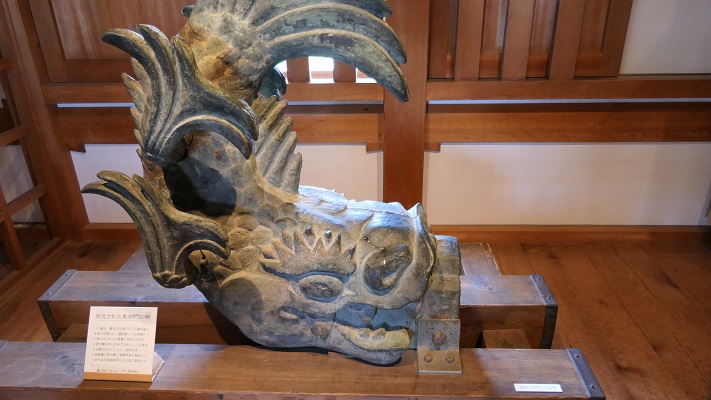
My Impression
市民や観光客のために歴史公園を増やしたい気持ちはわかります。当方としても元通りの城の建物を本当に見てみたいです。しかし、一体どこまでやればよいのでしょう。市のシンボルとして天守を再建することが本当に必要でしょうか。過ぎたるは及ばざるがごとし。答えは一つではないのですが、過去に起こった軍用地の一件の中に潜んでいるような気もします。
I can see why they want to increase the number of historical parks for citizens and tourists. I am really pleased to see the buildings of castles restored like the original ones. But, how far will they go with that? Is it really necessary to rebuild the Tenshu as the city symbol? More than enough is too much. Though there is not one answer, it might be an answer in the case of the military base in the past.
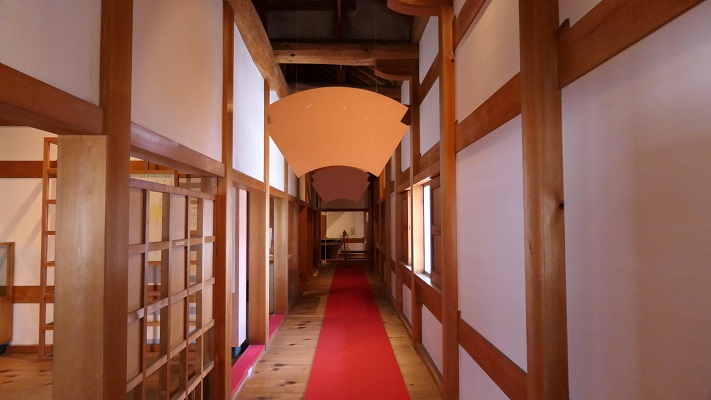
How to get There
JR静岡駅から歩いて約15分です。
東京から静岡駅まで:東海道新幹線に乗って、直接静岡駅に到着します。
It takes about 15 minutes on foot from the JR Shizuoka station.
From Tokyo to the station: Take the Tokaido Shinkansen super express direct to Shizuoka st.
Links and References
・駿府城公園(Sunpu Castle Park)
・大御所徳川家康と駿府城公園、田中省三著(Japanese Book)


